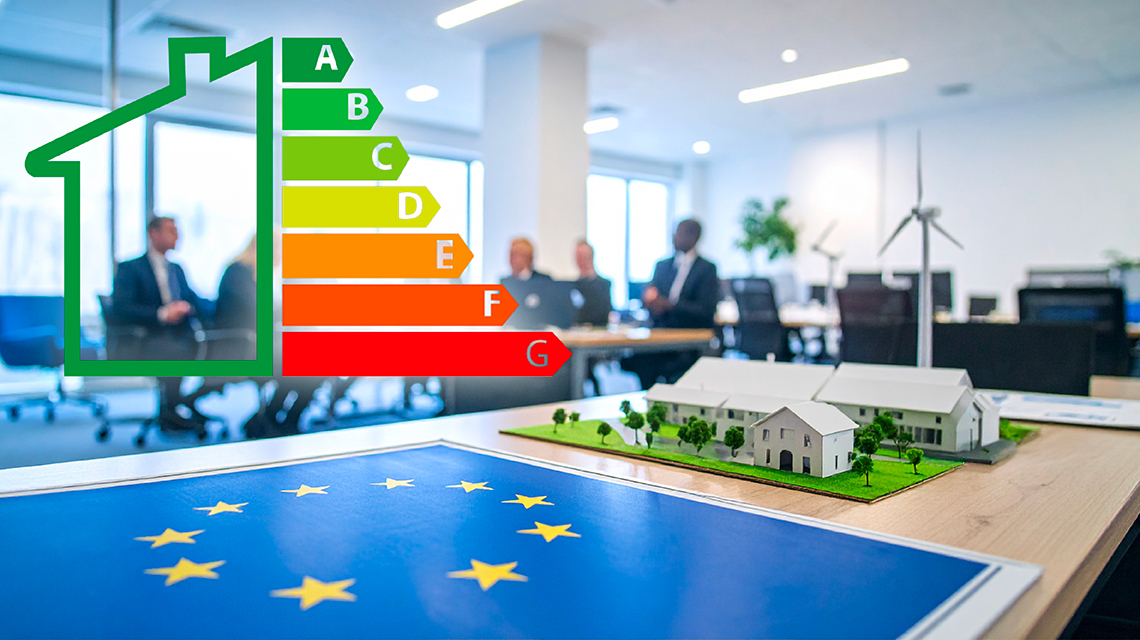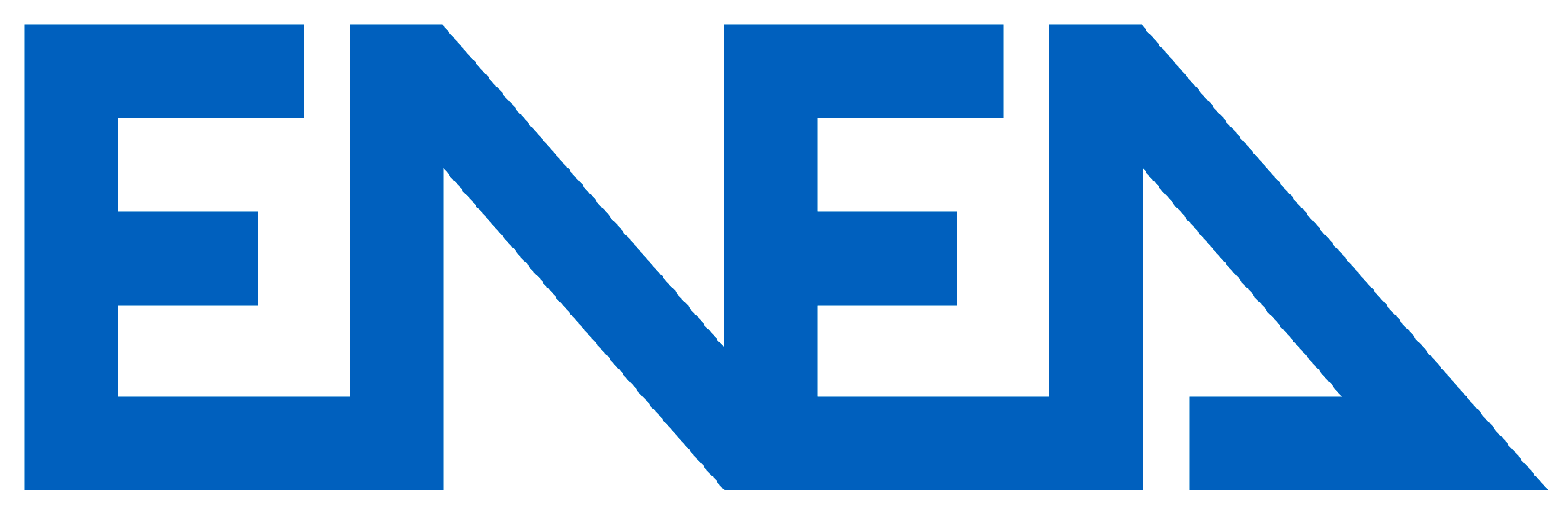Italian National Agency for New Technologies, Energy and Sustainable Economic Development

Energy efficiency: EU directives, ENEA national contact point for transposition actions
ENEA will still be the national contact point for actions to coordinate and support the transposition of the two European Directives “Energy Efficiency” (EED) [1] and "Energy Performance in Buildings (EPBD) [2]. Together with the national contact points of the 27 EU member countries (plus Norway), ENEA will support ministries and agencies in preparing the necessary framework for the transposition of the two directives, based on the Concerted Action EED (CA EED) and Concerted Action EPBD (CA EPBD) projects.
The two projects, respectively in their fourth and sixth rounds of funding from the European Commission, have involved more than 100 ENEA experts for nearly 20 years, and also technicians from CTI (Comitato Termotecnico Italiano).for the work of the CA EPBD).
Specifically, ‘concerted actions’ are planned, like annual plenary meetings and workshops, in which about 120 representatives from different countries discuss in thematic working sessions, also utilizing the findings obtained from questionnaires administered to experts from member states.
“Both initiatives were launched to create a relevant forum where member states representatives, in charge of implementing the directives, can share approaches and solutions, learn from each other and replicate good practices adopted in other countries,” explained Chiara Martini at the ENEA Energy Efficiency in Economic Sectors Laboratory and contact person for the CA EED project. “This exchange is a valuable source of information for Italy, useful for the national policy making process but also for the exchange of technical and scientific expertise,” Martini continued.
Plenary meetings for the first half of 2025 were held in Berlin for the EED and in Budapest for the EPBD. At the Berlin meeting, topics ranged from the qualification of energy professionals to more technical aspects such as the role of waste heat in industry and the upgrading of public buildings. The Budapest meeting, on the other hand, discussed trajectories and Minimum Energy Performance Standards (MEPS), which require the renovation of 15 percent of the worst performing buildings in each country.
“The discussion focused on exemptions for historic, social or small buildings, proposing partial or conditional formulas to ease efficiency obligations, without losing sight of 2050 climate goals,” explained Gabriella Azzolini at the ENEA Programmatic Support Activities for Energy Efficiency Laboratory and contact person for the CA EPBD project. “In particular, for historic buildings, the need for gradual and flexible approaches that balance protection and rehabilitation was highlighted,” the researcher concluded.
In this context, Italy was formally acknowledged by the CA EED for actively contributing to the work, sharing good practices and national case studies.
Notes
[1] The Energy Efficiency Directive (EED) was adopted by the European Union in 2012 and revised in 2023 to promote energy efficiency and reduce the energy dependence of member states, supporting their achievement of climate goals. It addresses energy efficiency across the board, from public sector energy upgrading to energy audits, from energy management systems to energy poverty.
[2] The Energy Performance Building Directive (EPBD), known in Italy as the Case Green Directive, was adopted in 2002 and updated in 2024. It is the landmark legislation to promote energy conservation in the European building stock. It establishes minimum energy performance requirements and standards, including mandatory energy performance certification (APE), controls on thermal systems, and adoption of smart systems.
